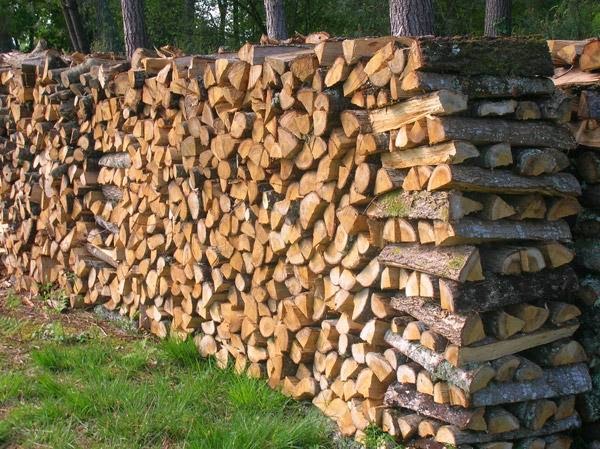Non renewable natural resources
A non-renewable resource (also called a finite resource) is a
resource that does not renew itself at a sufficient rate for sustainable
economic extraction in meaningful human time-frames.
Metal ores are other examples of non-renewable resources.
Minerals and metals
- There are many minerals and metals like coal, mica, iron, manganese, gold ,silver etc
- These minerals and metals are non living substances.
- Minerals and metals are non renewable and depleting natural resources
- Minerals are much localized in their occurrence and the total area occupied by them is limited.
- The quantity and quality of minerals and metals in any region is not easy to predict.
- As nonrenewable resources become more scarce, the cost to obtain them will continue to rise. Eventually, the price will hit a point that end users cannot afford, forcing a move toward alternative energy sources.
- Nonrenewable resources are used worldwide to create electricity, heat homes, power vehicles and manufacture goods
- Resources are considered nonrenewable if their quantities are limited or if they cannot be replaced as fast as they are used up.
- Fossil fuels are non-renewable because they will run out one day. Burning fossil fuels generates greenhouse gases and relying on them for energy generation is unsustainable.
- Metals, such as copper, tin, lead, aluminum, gold and silver, are elements. They are nonrenewable. Steel is made from iron, which is also nonrenewable. Aluminum, iron and titanium are among the three most abundant elements in the Earth's crust.
- Natural minerals are non-renewable because its formation is a time-consuming process. For instance, the petroleum (from which we extract oil) we get today, is a result of billions of years decaying of organic materials due to earth's excessive heat and pressure.
Fuel
Fuels are any
materials that store potential
energy in forms that can be practicably released and used for
work or as heat energy.
Types of Fuel
1. Fossil Fuels
2. Firewood
3. Non-conventional fuels
Fossil Fuels
Fossil fuels are derived from organic matter which has been
trapped between layers of sediments within the Earth for millions of years.
- These fuels such as petroleum , coal , natural gas are today the most extensively used fuels.
- The earth original stocks of coal and petroleum have already been considerably exhausted. similar is the position of natural gas, petroleum and natural gas, today, fulfill more than 80 of the world's energy needs.
- The organic matter, typically plants, have decomposed and compressed over time, leaving what are known as fossil fuel deposits.
- These deposits, and the materials produced from them, tend to be highly combustible, making them an ideal energy source.
- They are difficult to obtain as they are typically retrieved through drilling or mining, but fossil fuels are worth the effort for the sheer amount of energy they produce.
- examples are coal, petroleum, natural gas etc.
Firewood
- Firewood is any wooden material that is gathered and used for fuel.
- Generally, firewood is not highly processed and is in some sort of recognizable log or branch form, compared to other forms of wood fuel like pellets or chips.
- Harvesting or collecting firewood varies by the region and culture. Some places have specific areas for firewood collection. Other places may integrate the collection of firewood in the cycle of preparing a plot of land to grow food as part of a field rotation process
Non conventional fuel
- The fast depletion of conventional fuels has compelled governments and people to concentrate on finding and tapping some non-conventional fuels that may last for a longer period of time.
- The department of non-conventional sources of energy of the
government of India is working towards generation of energy through
non-conventional sources, particularly solar energy.

- Wind power is being used for running mills, irrigation of fields and for carrying out other farm activities in India since time immemorial .it has been estimated that about 20,000 MW of electricity can be generated from wind alone in the country.
- Boienergy produced from organic wastes is an important source of renewable source of energy.
- Bio-gas generated from the decomposition of organic wastes like manure and domestic wastes is becoming increasing popular as a fuel.
.jpe)



hii mam i read your blog. i know what is natural resources but now i got lots of importance of it.
ReplyDeletethat's great to hear about it
Deletehello mam i read this topic and in previous topic i have a confusion about renewable and non renewable resources but after reading this topic here is no confusion in these sources now i have known about these properly but mam what is non conventional fuel i cant understand .....so plzzz tell me about it properly
ReplyDeleteAlternative fuels, known as non-conventional or advanced fuels, are any materials or substances that can be used as fuels, other than conventional fuels like; fossil fuels (petroleum (oil), coal, and natural gas), as well as nuclear materials such as uranium and thorium, as well as artificial radioisotope fuels that are made in nuclear reactors.
Deletemam i read natural resources.mam non-conventional sources me wind power samjh m nahi aaya
ReplyDeleteWind power is the kinetic energy of wind, harnessed and redirected to perform a task mechanically or to generate electrical power
DeleteHi reetu ek baar aur pdho
ReplyDeletedictionary ki help lo like me
n mam language aachi h article me
thnk u mam....
hay dimple tu hi bata de agar pata h to......
ReplyDeletemam your post in not sufficient information but being a secondary learner it is ,little helpful
ReplyDeleteGet more knowledge regarding natural resources.
Deletehii mam! m waiting for next post.
ReplyDeleteprovided
DeleteWe will improve our life with sustainable development.
ReplyDelete